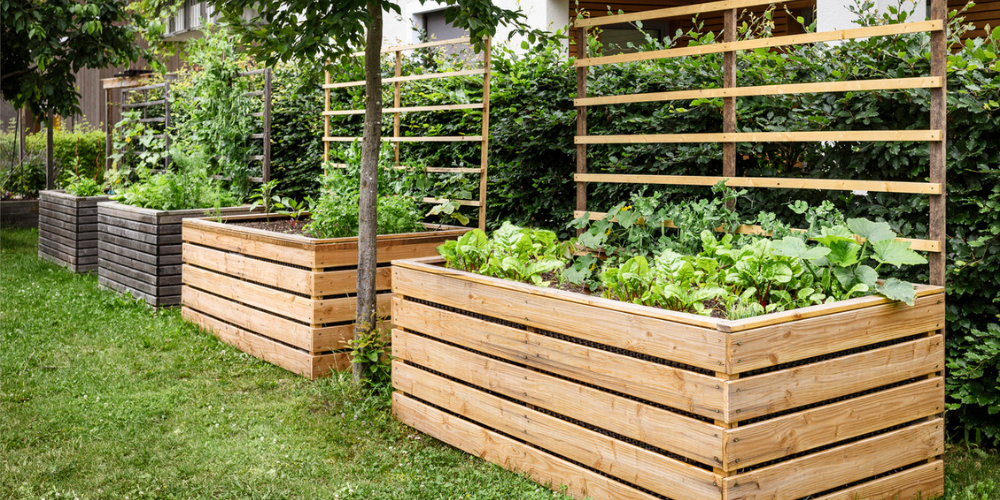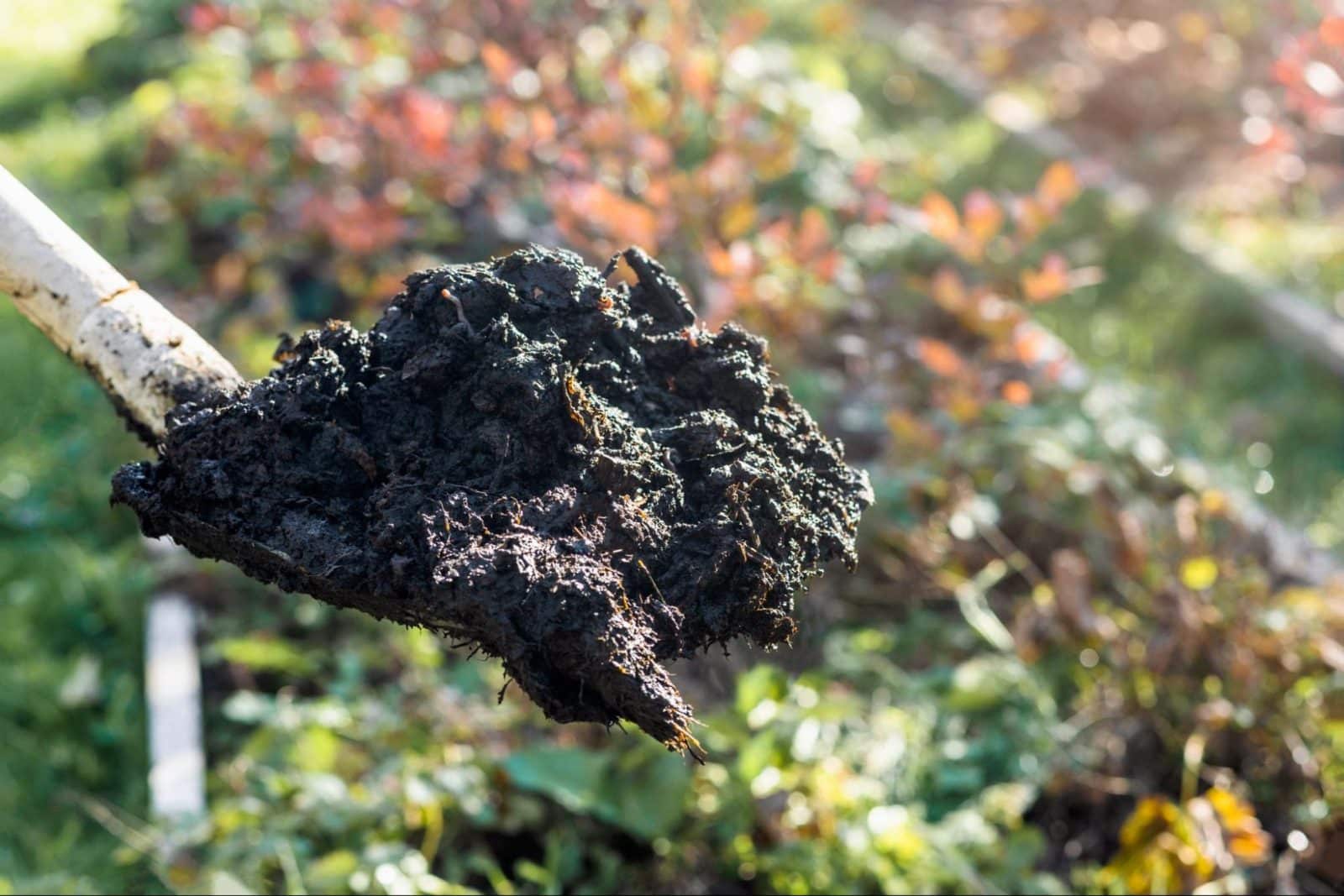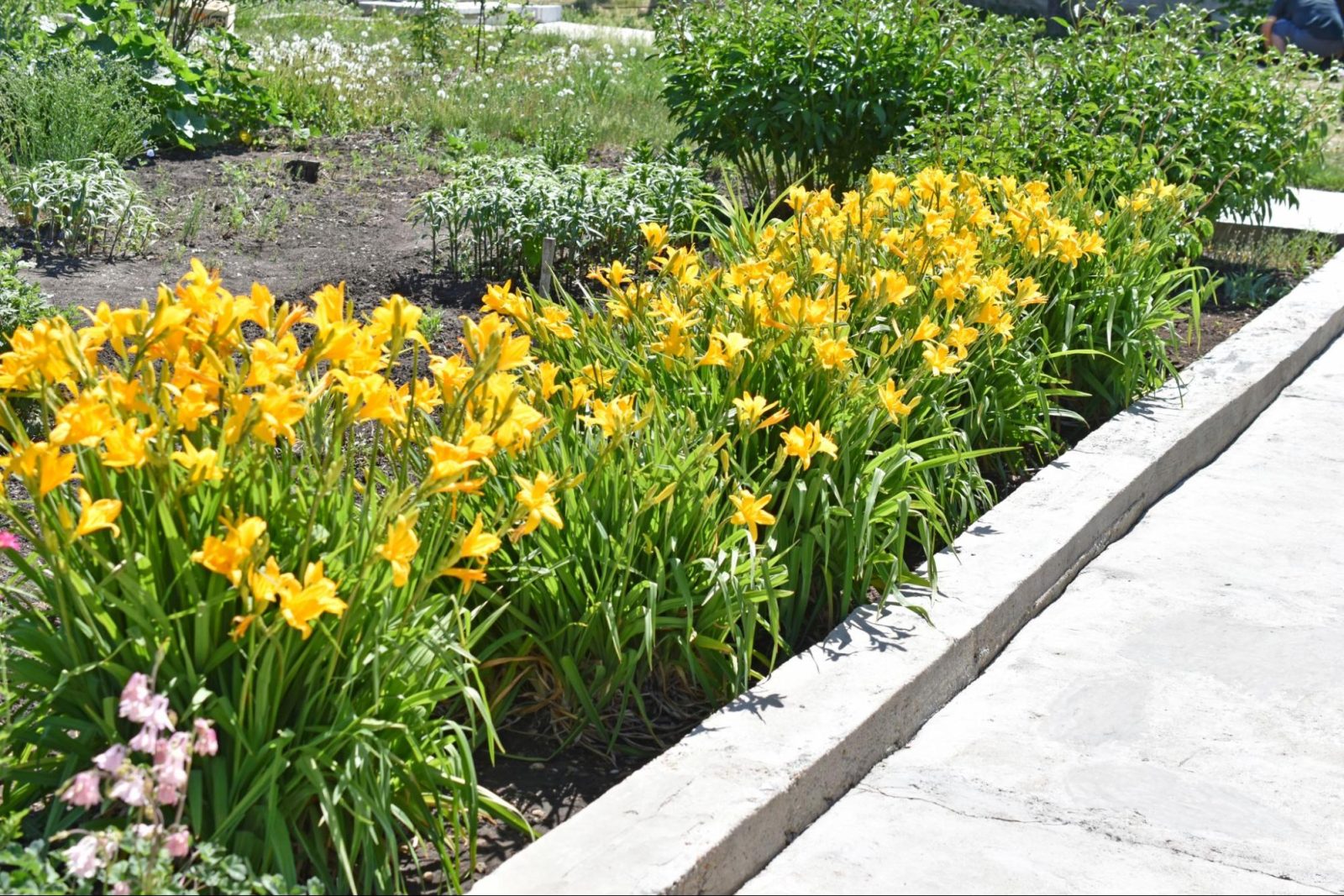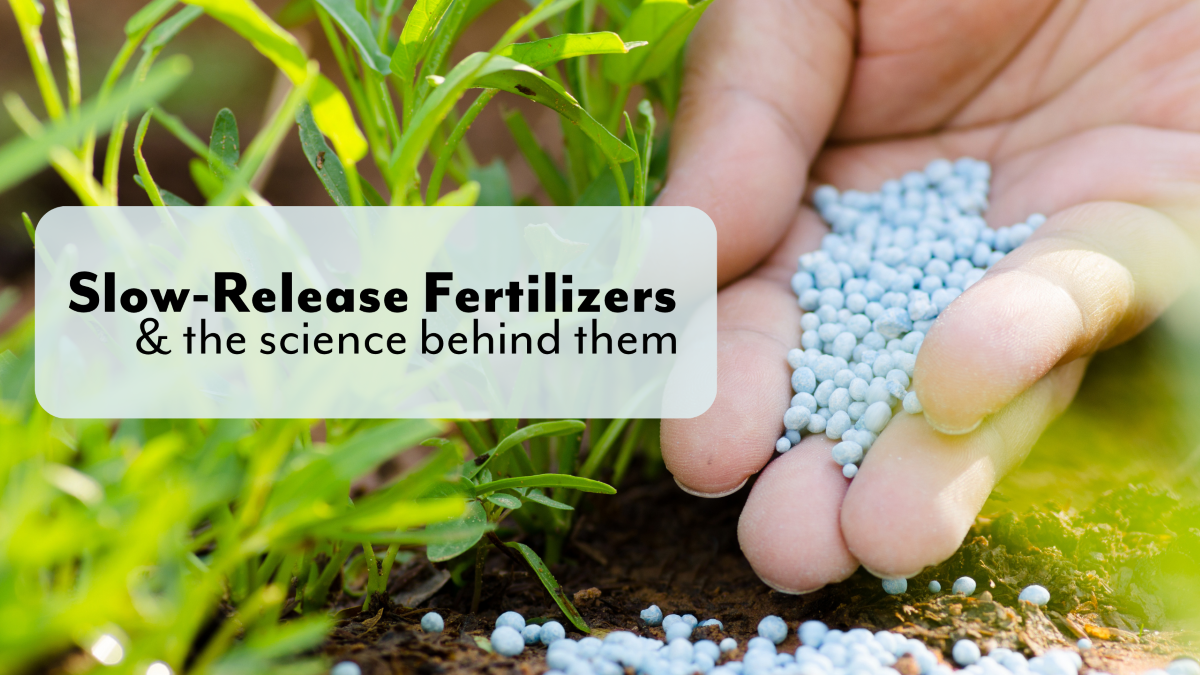
The Science Behind Slow-Release Fertilizers: How They Work and Why They Matter
When it comes to fertilizers, slow-release options have gained significant popularity among gardeners. But have you ever wondered what makes them different from traditional fertilizers? In this article, we’ll dive into the science behind slow-release fertilizers. We’ll explore how they work, their benefits, and why they matter in the realm of plant nutrition. Get ready to unravel the secrets behind these remarkable fertilizers and discover how they can enhance your gardening experience.
Understanding Nutrient Release
Slow-release fertilizers are designed to provide a steady supply of nutrients to plants over an extended period. Unlike traditional fertilizers, which offer an immediate nutrient boost, slow-release formulations are engineered to release nutrients gradually.
This controlled-release mechanism ensures a more balanced and sustained nutrient availability for plants, minimizing the risk of over-fertilization and nutrient leaching.
The Coating Technology
The key to the effectiveness of slow-release fertilizers lies in their special coating technology. These fertilizers consist of granules or prills coated with a semi-permeable polymer or resin. The coating acts as a barrier, controlling the release of nutrients into the soil. The release rate depends on various factors, such as temperature, moisture, and microbial activity in the soil.
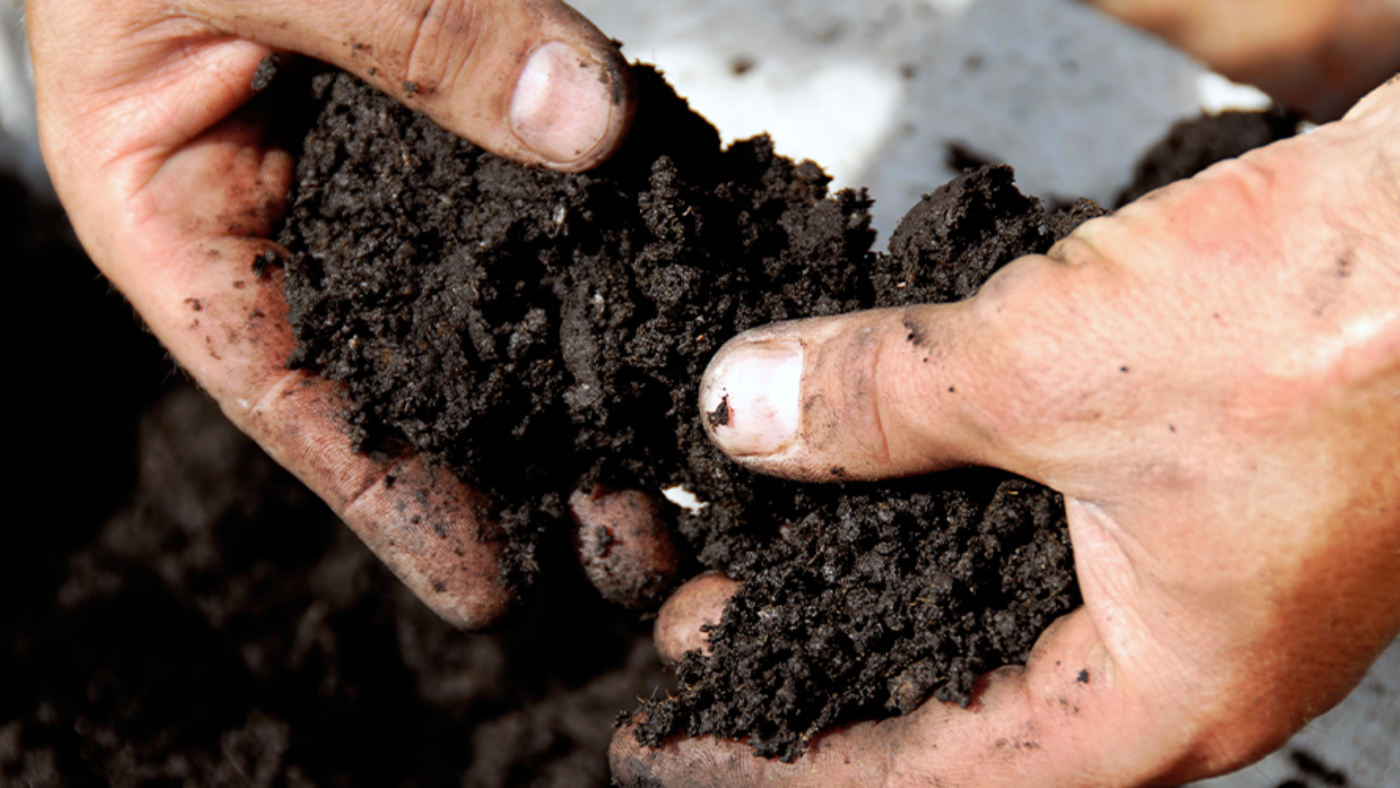
Slow-Release Mechanisms
Slow-release fertilizers employ different mechanisms to regulate nutrient release. One common mechanism is diffusion, where nutrients move through the coating via concentration gradients. Another mechanism is osmosis, where water enters the granule, dissolves the nutrients, and forces them out through the coating. Some slow-release fertilizers utilize microbial activity, where soil microorganisms break down the coating, releasing nutrients as they consume the organic matter.
Benefits of Slow-Release Fertilizers
Slow-release fertilizers offer several advantages for both plants and gardeners. By providing a gradual and consistent nutrient supply, they promote balanced growth and development, minimizing the risk of nutrient deficiencies or excesses. This controlled release also reduces the frequency of fertilizer applications, saving time and effort. Slow-release fertilizers are environmentally friendly as they minimize nutrient runoff, ensuring that plants efficiently utilize the nutrients and reducing the risk of water pollution.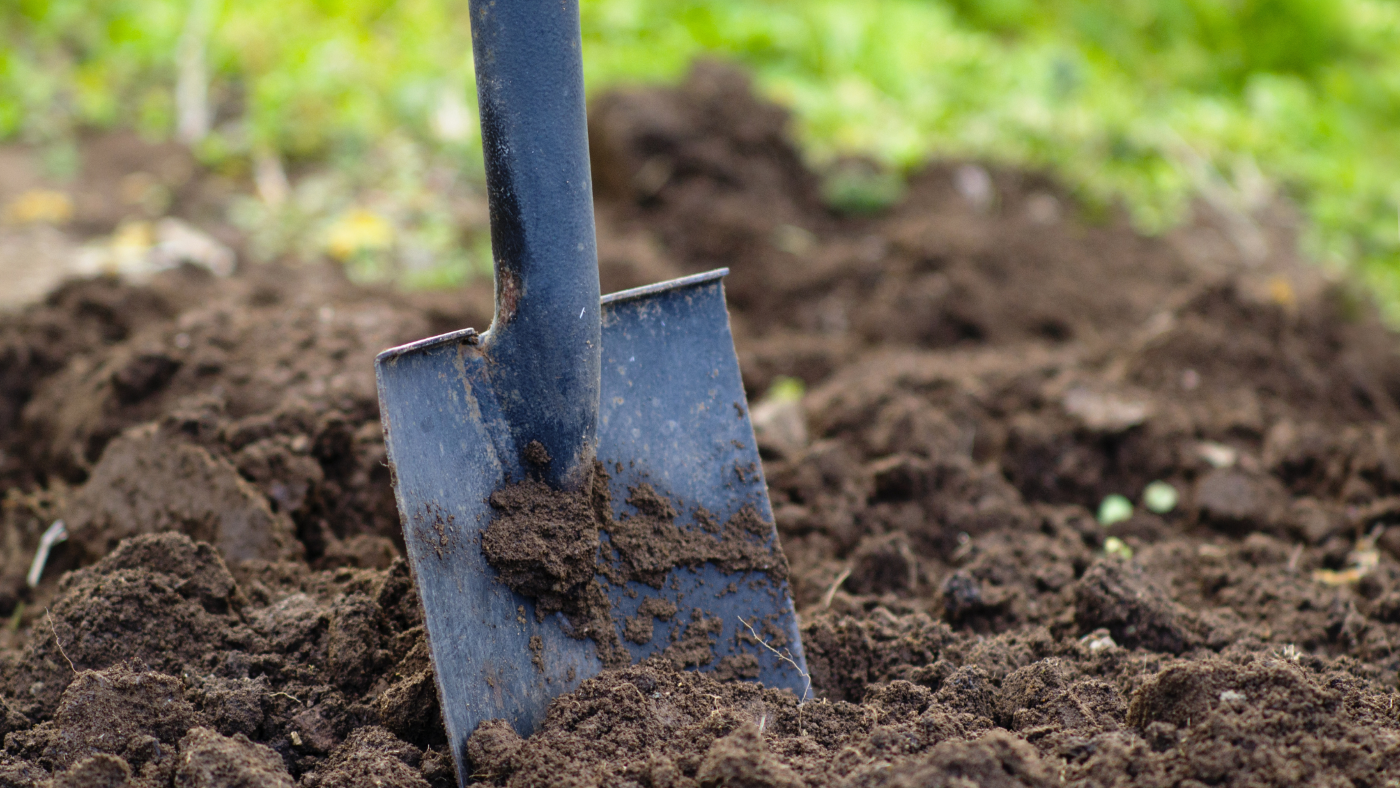
Optimizing Plant Nutrition:
The controlled nutrient release of slow-release fertilizers aligns with plants’ needs throughout their growth cycle. This feature is particularly beneficial for perennial plants, which require long-term nutrient support. Slow-release fertilizers are also advantageous for container gardening, where nutrient leaching is a common issue. The extended nutrient availability allows for healthier root development and overall plant resilience, resulting in robust and thriving plants.
Slow-release fertilizers are a game-changer in the world of plant nutrition.
Through their innovative coating technology and controlled release mechanisms, they offer a more sustainable and efficient approach to fertilizing. By providing a balanced and gradual nutrient supply, these fertilizers optimize plant nutrition, promote healthy growth, and reduce environmental impact.
So, consider incorporating slow-release fertilizers into your gardening routine and witness the long-lasting benefits they bring to your plants.
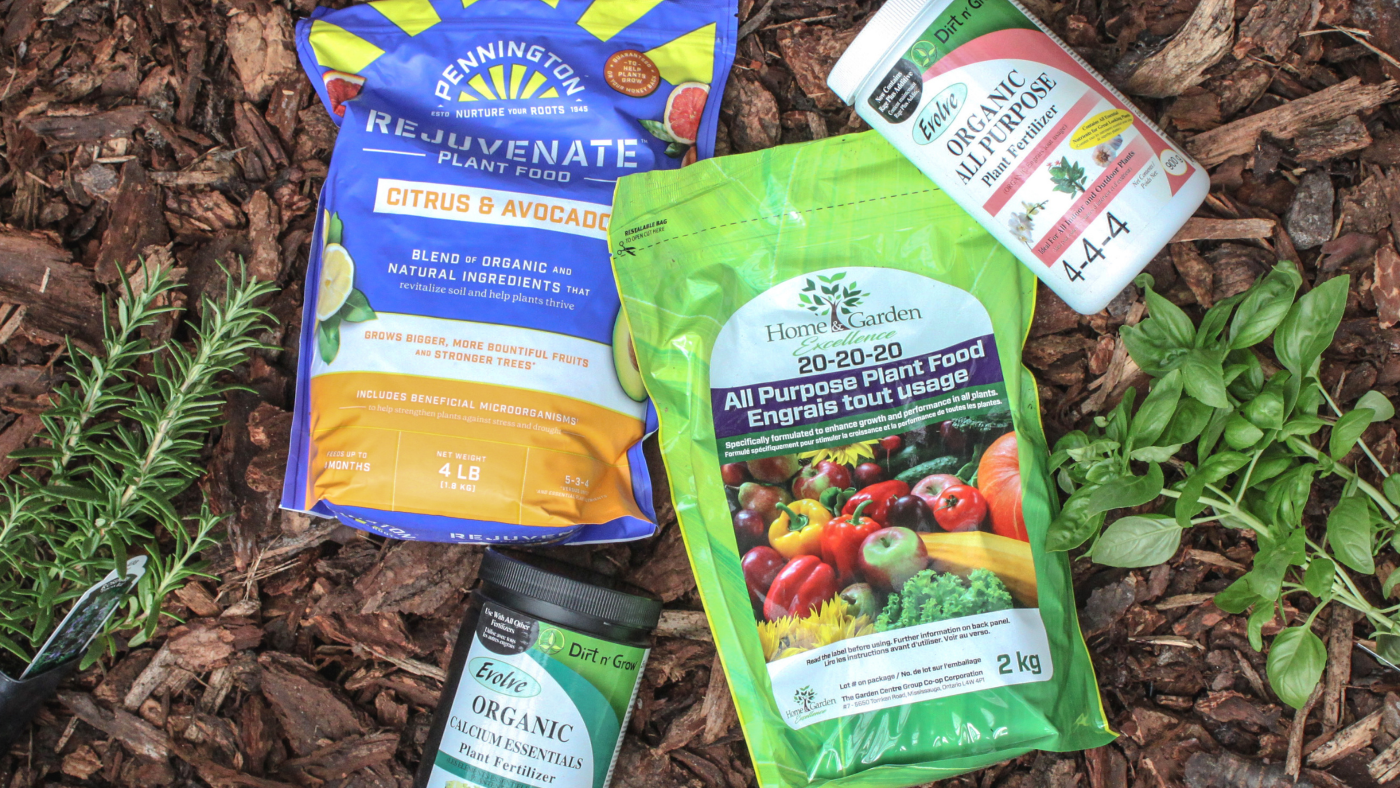
Stop by either Salisbury location for a wide variety of any type of plant and garden fertilizer that you may need!
Our St. Albert location is in The Enjoy Centre – Salisbury at Enjoy and our Sherwood Park Garden Centre is located just east of Wye road – Salisbury Greenhouse.
Happy gardening!














